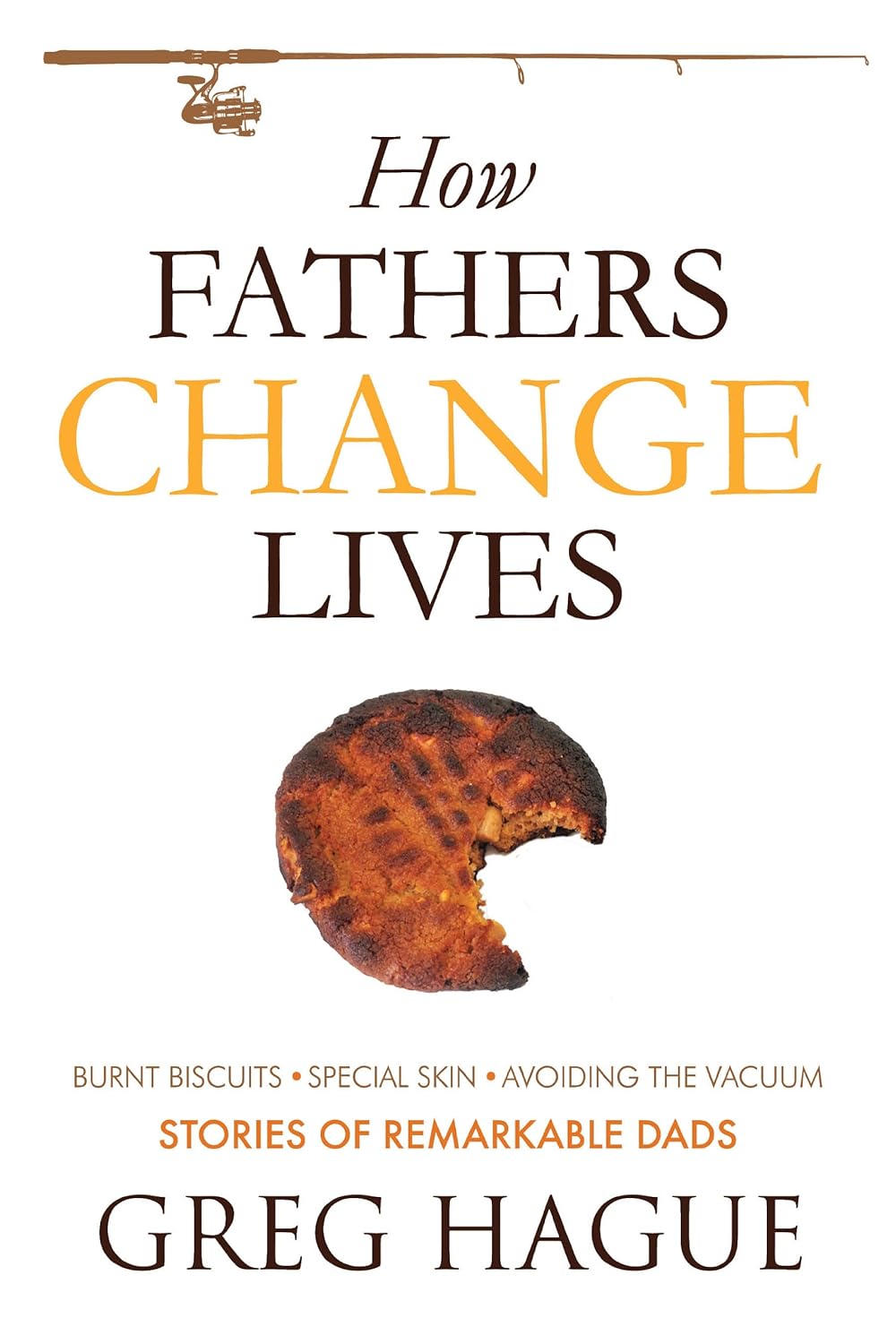America’s Leading Home Selling Strategist
Get 5.8% More For Your Home




Ranked “Top 25” Realtors in America
Ranked #1 Realtor” in Arizona
Innovator of the Year Award
Most Creative Companies Award
Nominated Entrepreneur of the Year
Scored #1 on Arizona Bar Exam
Avvo “Superb Rated” Attorney
Featured on NBC, ABC, CBS
Top 50 Pro Bono Attorneys
Law Professor of the Year
CEO, “Top 250” U.S. Companies
Realtor Magazine “Real Estate Visionary”
Bestselling Author on Fathering
Multi-Engine, Instrument Rated Pilot
CEO, Fastest Growing Private Business in Arizona
Featured in Forbes and The Wall Street Journal
Avoid these... or risk leaving tens of thousands on the table. These are the mistakes most sellers never notice — until the showings slow… The offers stall… and the price cuts begin. Each one is backed by research. Each one silently sabotages your sale price. Most agents make several of these mistakes.
Want to understand the #1 strategy proven to drive higher offers from homebuyers? Listen to this fascinating 7-minute podcast to learn what many agents don’t know about marketing.

Want to understand the #1 strategy proven to drive higher offers from homebuyers? Listen to this fascinating 7-minute podcast to learn what many agents don’t know about marketing.

Enter your address and best number for text. We will text you to arrange a short, info-packed call.
Enter your address and best number for text. We will text you to arrange a short, info-packed call.
#1 REALTORS® In My State (REALTORS® Magazine)
#1 Score on The Bar Exam
Top 50 Pro Bono Attorney
20-Year Arizona Newspaper Columnist
Founder, 72 SOLD – Fastest-Growing Real Estate Firm in The Southwest

5-Star Amazon Bestseller Stories of 52 remarkable dads—and one remarkable mom—told by their children.
Written in honor of my father.
He was attacked by a bear, crash-landed a plane on a desolate Atlantic island and slept in a treehouse above crocodile-infested waters while motorcycling across Africa.
If you share our passion for a better way to sell your home, we'd love to chat with you.
If you share our passion for a better way to sell your home, we'd love to chat with you.